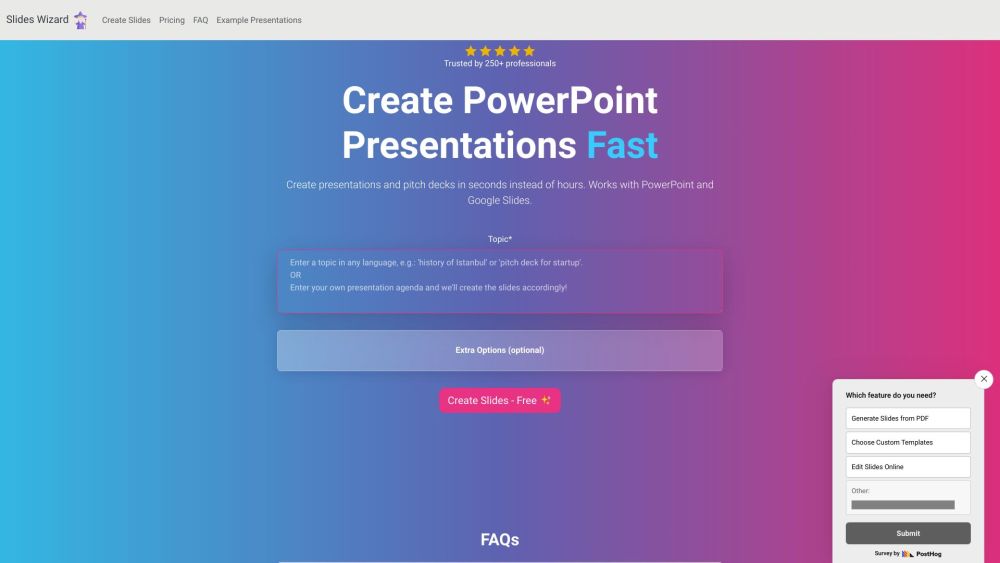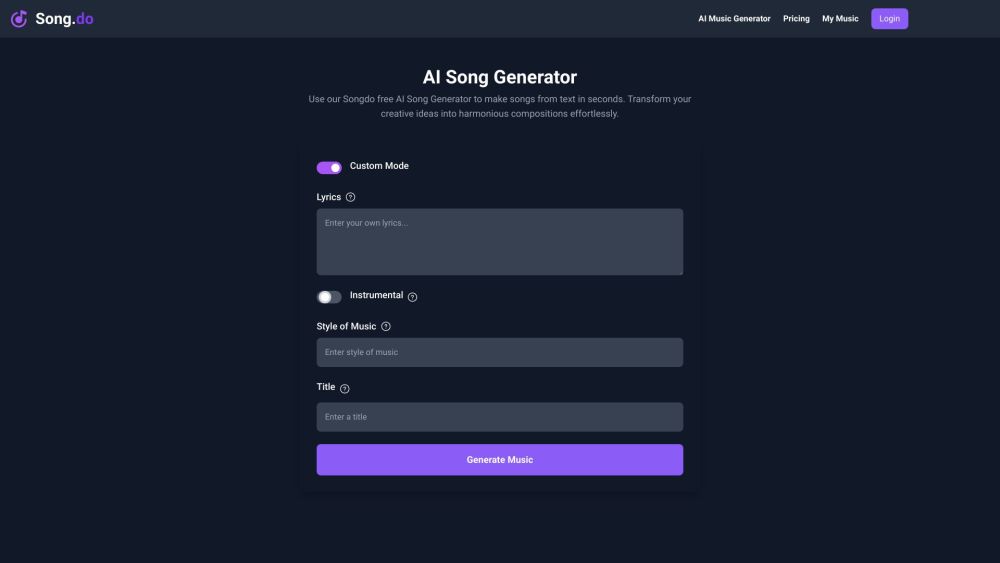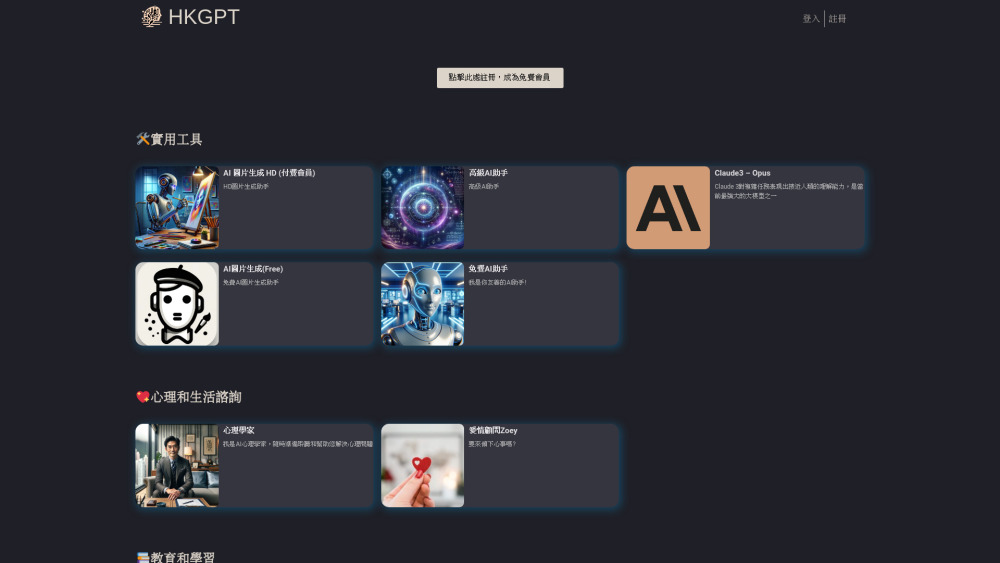As we commemorate the first year of the generative AI era, a significant question persists: Are generative AI models, which are trained on extensive collections of human-created works often sourced from the internet without explicit consent, infringing on copyright?
Recent developments have emerged from one of the prominent lawsuits filed by artists against AI image and video generator companies, including well-known platforms like Midjourney, DeviantArt, Runway, and Stability AI, the latter being the creator of the Stable Diffusion model that powers numerous AI art generation applications.
Approximately 20 hours after the publication of our article, Emad Mostaque, CEO of Stability AI, responded on X, arguing that the "complaint reflects a misunderstanding of both the law and the technology."
Initial Setback for Artists
In October, U.S. District Court Judge William H. Orrick dismissed significant portions of a class-action lawsuit filed by artists Sarah Anderson, Kelly McKernan, and Karla Ortiz against these AI companies. Judge Orrick noted that many artworks cited as infringements were not registered for copyright with the U.S. Copyright Office. Fortunately, he allowed the plaintiffs to submit an amended complaint.
Strengthened Case with New Plaintiffs
The amended complaint, filed this week, adds seven new artists: Hawke Southworth, Grzegorz Rutkowski, Gregory Manchess, Gerald Brom, Jingna Zhang, Julia Kaye, and Adam Ellis. Rutkowski, a Polish artist known for his contributions to video games and card games, has previously expressed concerns about AI art apps mimicking his distinctive style without permission or compensation.
Rutkowski highlighted his participation in the lawsuit on social media, stating, “It’s a freaking pleasure to be on one side with such great artists.”
Jingna Zhang, a Singaporean artist and photographer whose work has appeared in Vogue, also joined the lawsuit. In her posts, she lamented the commercialization of generative AI models built on unauthorized images, asserting, “This should not go unchecked.” Zhang encouraged others to read the amended complaint to better understand the technology and legal issues at hand.
Key Evidence and Arguments
The amended complaint presents compelling arguments, suggesting a fortified position for the artists.
1. Copyright Eligibility: The complaint asserts that even works not registered for copyright can be eligible for protection if they contain distinctive markers, such as signatures.
2. Unauthorized Copies: It highlights that AI companies using the LAION-400M and LAION-5B datasets—known to contain copyrighted works—would need to have downloaded the actual images, constituting unauthorized copies.
3. Model Architecture: The complaint argues that the architecture of diffusion models is designed to replicate training materials closely. It states, "The primary objective of a diffusion model is to reconstruct copies of its training images with maximum accuracy and fidelity," based on detailed explanations of the technology's processes.
Additionally, it cites research showing that diffusion models are explicitly trained to reproduce original works, especially when an artist's name is included in prompts. While some companies, like DeviantArt, have instituted opt-out mechanisms, the core issue remains: whether the reliance on human-created artworks constitutes fair use or copyright infringement.
The ultimate resolution of this dilemma will depend on the courts, as this landmark case navigates the complex interplay of technology, artistry, and copyright law. The future of generative AI and its implications for artists hangs in the balance.





